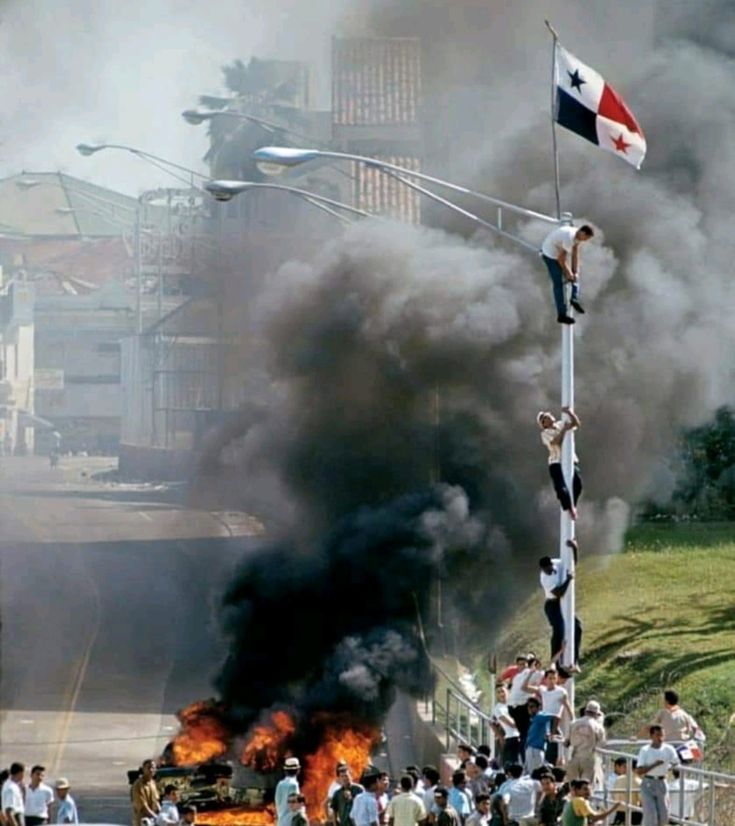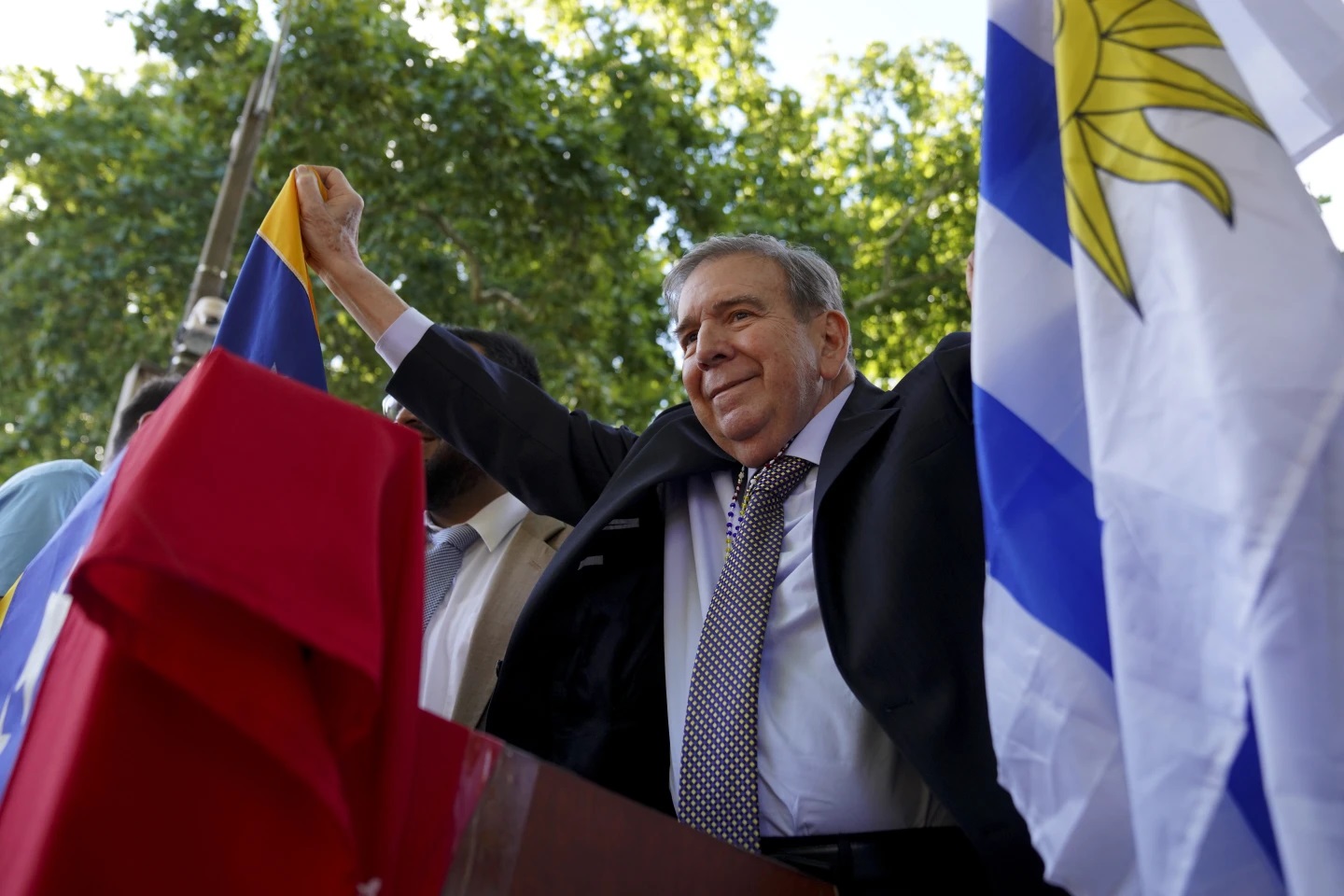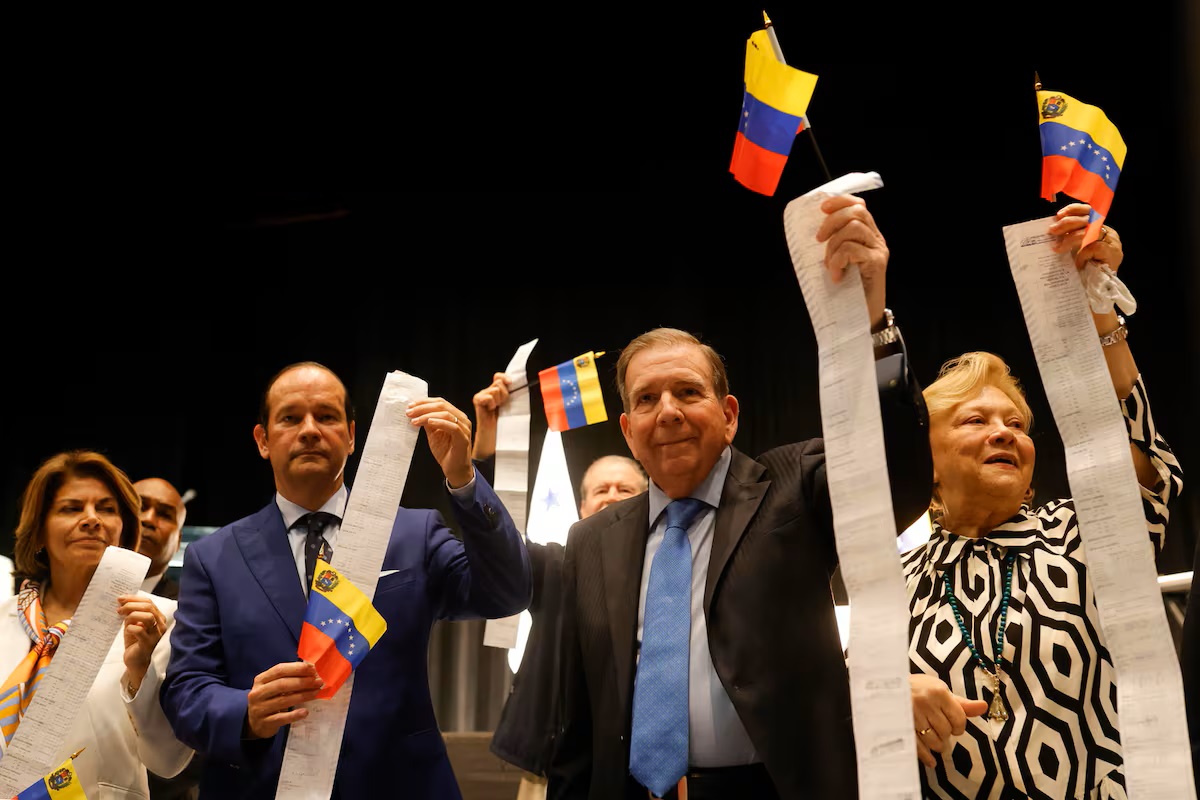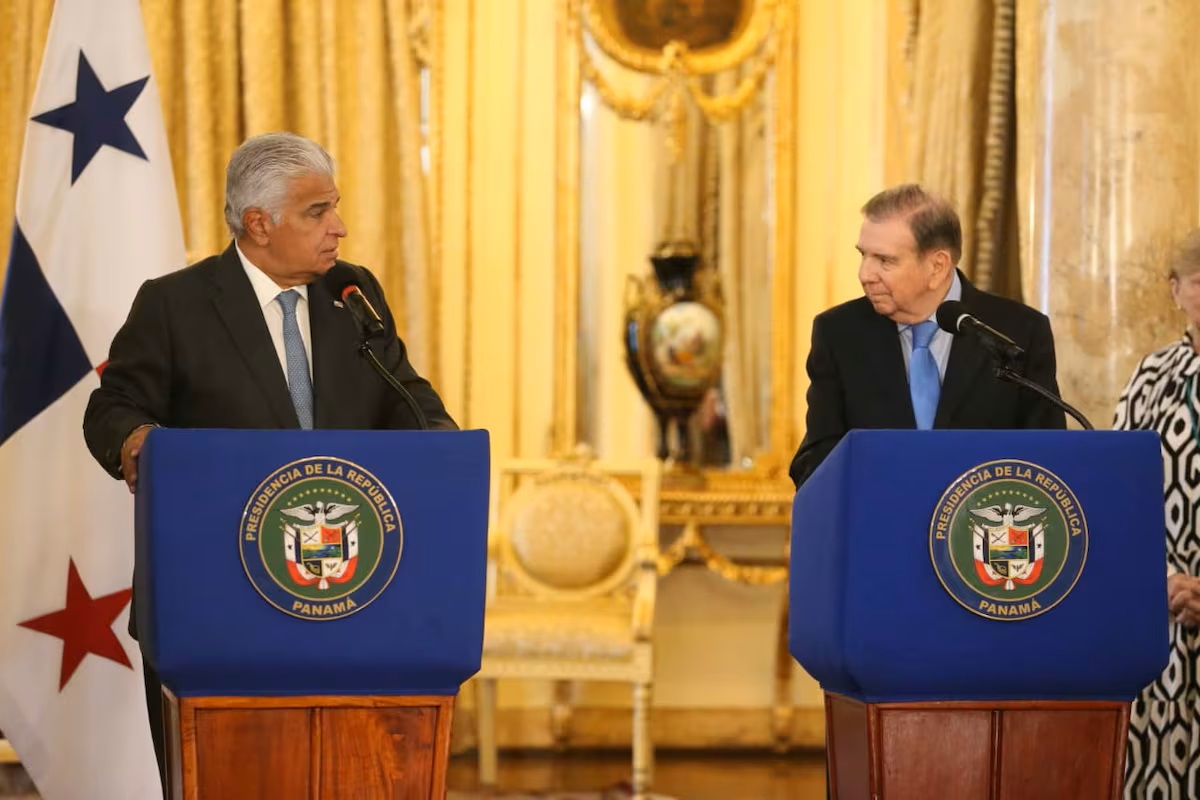Part 5 “The Panama Canal is Doing Much Better”
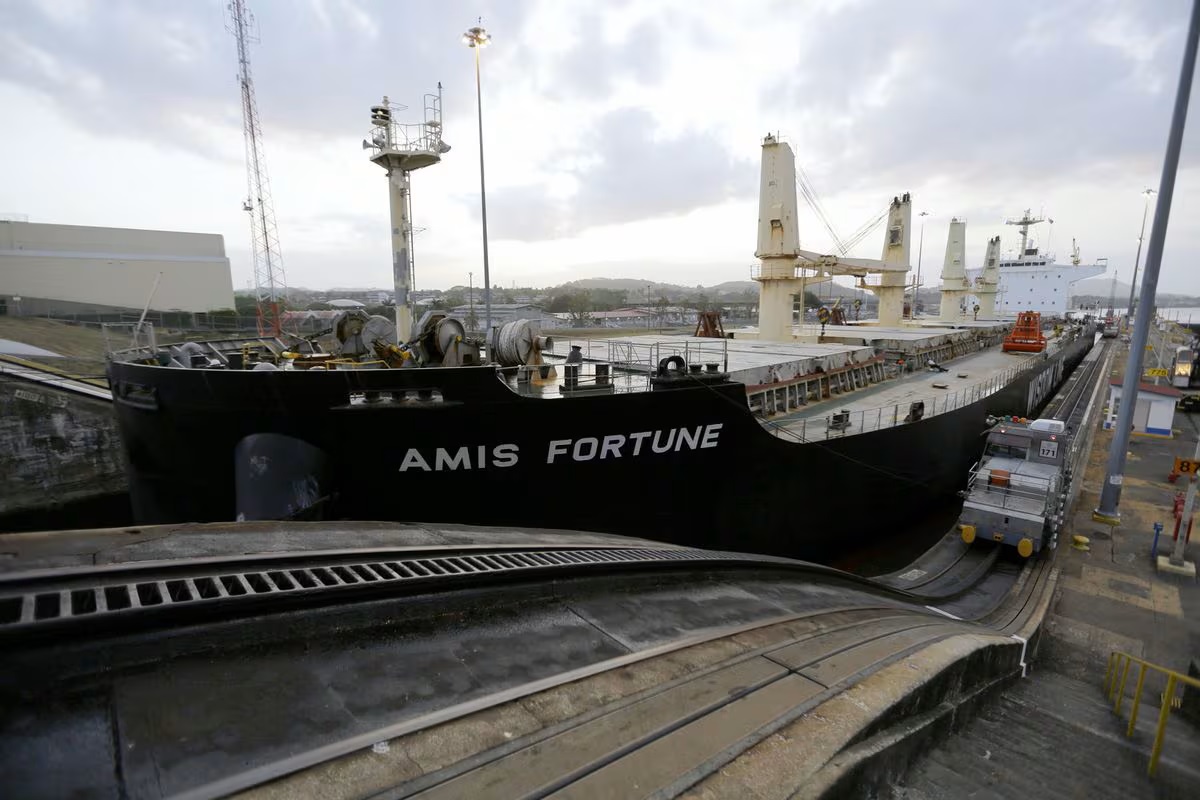
Part 5 The final piece on “The Panama Canal is Doing Much Better” Why didn’t the Panama Canal lose money when ship crossings fell? A water shortage forced officials to reduce traffic, but higher fees increased revenue.
We are continuing our talk about the Dry Canal today, the trucks and train and getting the containers from one side of the country to the other to ease the wet canal shipping problems of late…….“The expansion of the primary areas will be complemented by the digitalization of processes and the extension of schedules at ports and customs so that the transshipment operation is easy and agile.” For the representatives of COEL, it is essential to follow up on this proposal so that when the new government that will be elected on May 5th enters, the progress made in terms of streamlining the transshipment of merchandise is not regressed again. Between January and February, transshipment activity in the ports grew 19.5% to add 1.33 million TEUs (20-foot containers) against the 1.11 million TEUs registered in the same period of 2022. In 2023, the number of containers being transshipped in Panamanian ports closed with a drop of -3.2%, to total 7.32 million TEUs moved. Taking into account all types of operations, Panamanian ports moved a total of 8.31 million TEU last year, which represented a decrease of -2.4%, or the equivalent of 202,129 fewer units, compared to the previous year, when reached the figure of more than 8.51 million TEU in 2022.
The construction of the reservoir on the Indio River is the most efficient solution for the Panama Canal, the administrator of the interoceanic waterway, Richard Vásquez says. He maintained that, for more than 17 years, the Panama Canal Authority (ACP) has worked with the communities in that area and understands that a reservoir there has social and economic challenges. Vásquez explained that to guarantee sufficient water for the operation of the Canal, one cannot depend on rain. The long-term solution is to define the Canal’s hydrographic basin and build reservoirs. “We have alternatives and we will continue to postulate that the Indio River is the most efficient, fastest and least complex option from an engineering point of view, but like any other solution, it has socioeconomic and political complexities,” Vásquez remarked.
Maritime Chamber: The management of water resources for the Canal and the population is urgent. The union presented the Country Maritime Vision 2024-2029 that will be delivered to the presidential candidates, in which they propose proposals to maintain and improve the competitiveness of the sector that contributes $21,210 million to the economy and nearly 110 thousand direct and 320 thousand indirect jobs. Panama’s maritime and logistics industry runs the risk of being perceived as inefficient and expensive, which endangers the hub’s competitiveness. Much of this perception is due to recent events such as the water crisis that has forced the restriction and reduction of the number of transits in the Panama Canal, a situation that has changed the configuration of the routes of many shipping companies.
This is stated by spokespersons from the maritime sector who presented a proposal to recover the competitiveness of the sector, update legislation, modernize activities with digital transformation and raise the challenges of the industry that must be addressed together with the next Government, so the document will be delivered to the presidential candidates. “A firm political will is needed for solid and consistent management, capable of facing socio-political ups and downs and achieving concrete and lasting results. We must collectively aspire to become a first world country. This is not a criticism of what we have been, but rather a call to be even more ambitious in our search for excellence as a relevant nation in international trade,” said Yira Poyser, president of the Maritime Chamber of Panama.
Given the water crisis that the country is experiencing due to the prolonged period of drought and the impact of the El Niño phenomenon, Yira Poyser said that they support the solutions presented by the Panama Canal, such as building a reservoir on the Indio River, but admits that it has been lacking. political will to proceed as soon as possible. “At this point we should be in permanent session to look at this issue of the Canal water crisis,” he said. In the document Maritime Country Vision , the union proposes that the bill that establishes the limits of the Canal’s hydrographic basin that includes the Indio River be approved. In addition, it proposes that actions be institutionally coordinated to quickly develop the multipurpose reservoir project in the Indio River basin. In the infrastructure part, the Maritime Chamber proposes that it is necessary to define the construction of water treatment plants for the metropolitan area that are fed by the Bayano reservoir to reduce the pressure in the Chilibre plant (Federico Guardia). The need to implement a program to reduce water loss by repairing leaks in the distribution network is emphasized.
Another proposal is the alternative of installing desalination plants as an option to supply nearby communities. “This measure is proposed to prevent the depletion of existing reservoirs.” Juan Carlos Croston, former president of the union, maintained that the impact of the reduction in transits in the Canal has harmed the auxiliary maritime industry since there are fewer ships that pass through the interoceanic waterway, which means less provision of fuel to supply, less food, as well as a reduction in the services and others that these companies provide. While the other side of the coin is that transshipment and the activities of some ports have been energized, given the decision of some shipping companies to unload containers to send them overland by road or rail between one port and another. What in his opinion is a short-term solution but is not permanent, since maritime transport is more competitive both in time and cost. “Although Panama is providing solutions to customers with land transshipment of cargo, long-term solutions must be sought,” Croston insisted, pointing out that measures are urgently needed to address the water crisis both for the provision of water for the Canal and for the population in general.
Spokespeople for the maritime industry indicated that since this is an election year in Panama, it is crucial that the next government places the sector among its priorities. Croston stressed that it is a conglomerate that contributes 31% of the country’s gross domestic product, with an equivalent of 21,210 million dollars, a generation of 109,406 direct jobs that represent 30% of the country’s formal jobs and an impact of more than 320,317 indirect salaried jobs in general. It admits that foreign trade is being affected by the climate crisis, deglobalization, limited capital flow, geopolitical changes, currency devaluation and other factors. herefore, he considers that Panama must be on par with other countries like Singapore and not be left behind, which is why it is necessary to have a medium and long-term strategic vision that allows the country to be elevated to first world status.
Hence, they propose the Maritime Vision 2024-2029 with six pillars of action to be implemented by the next government. Strengthening the regulatory framework; promotion of inter-institutional and union coordination; incorporation of digitalization and technology; optimization of infrastructure and connectivity; management of socio-environmental impact and promoting education. “Given the strategic relevance of the Canal, which affects both the economy and human well-being, it is a central element in the Country Maritime Vision 2024-2029. It is not possible to think about the development of the maritime sector without addressing the strategic issues for the Canal that ensures its operational continuity, sustainability and competitiveness,” indicates the document presented by the Maritime Chamber.



